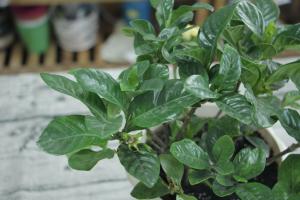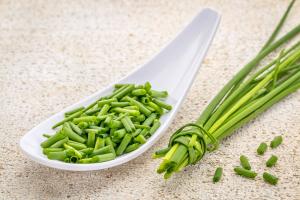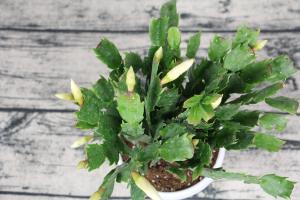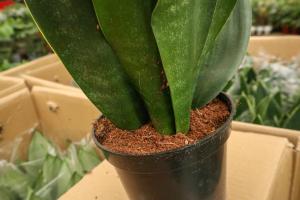Can I Plant Tomatoes Indoors?
If you’re looking to grow tomatoes but don’t have a garden space, you may be wondering if tomatoes can be grown indoors. The answer is yes, tomatoes can be grown indoors, but there are a few factors to consider before planting.
Choosing the Right Variety
When it comes to growing tomatoes indoors, it’s important to choose the right variety. Look for compact or dwarf varieties, such as ‘Tiny Tim’ or ‘Window Box Roma,’ which are perfect for growing in containers. These varieties tend to be smaller in size and have a shorter growing season, making them more suitable for indoor gardening.
Lighting
Tomatoes need a lot of light to grow well, and when grown indoors, they may not receive enough natural sunlight. To supplement natural sunlight, you can use artificial lights. LED grow lights are a popular choice for indoor tomato growers because they provide the correct spectrum of light required for plant growth. Make sure to keep the lights on for 14-16 hours a day and adjust the height of the light fixture as the plants grow.
Soil and Fertilizer
Choosing the right soil is important for growing healthy tomatoes indoors. Look for a soil mix that is well-draining but retains moisture well, such as a high-quality potting mix. Fertilizer is also essential for tomato growth. Use a fertilizer that is high in potassium and phosphorus, which is vital for fruit development. Apply fertilizer every two weeks during the growing season.
Temperature and Humidity
Tomatoes grow best in warm temperatures between 60-85°F (15-29°C). It’s important to keep the temperature in your indoor tomato garden consistent. A drop in temperature can slow down growth and affect tomato production. In addition, tomatoes need humidity to thrive. Use a humidifier to keep the humidity levels between 50-70%. Alternatively, you can place a tray of water near your plants to increase humidity naturally.
Pollination
One downside of growing tomatoes indoors is that there may not be enough natural pollinators, such as bees, to pollinate your plants. Pollination is essential for fruit production, so you may need to pollinate the flowers yourself. Use a small paintbrush to transfer pollen from one flower to another, or gently tap the flowers to release the pollen.
Conclusion
Growing tomatoes indoors can be a rewarding experience, but it requires some effort and attention to detail. By choosing the right variety, providing enough light, using the correct soil and fertilizer, maintaining a consistent temperature and humidity, and pollinating your plants, you can grow healthy and delicious tomatoes all year round.

 how many times do yo...
how many times do yo... how many planted tre...
how many planted tre... how many pine trees ...
how many pine trees ... how many pecan trees...
how many pecan trees... how many plants comp...
how many plants comp... how many plants can ...
how many plants can ... how many plants and ...
how many plants and ... how many pepper plan...
how many pepper plan...
































